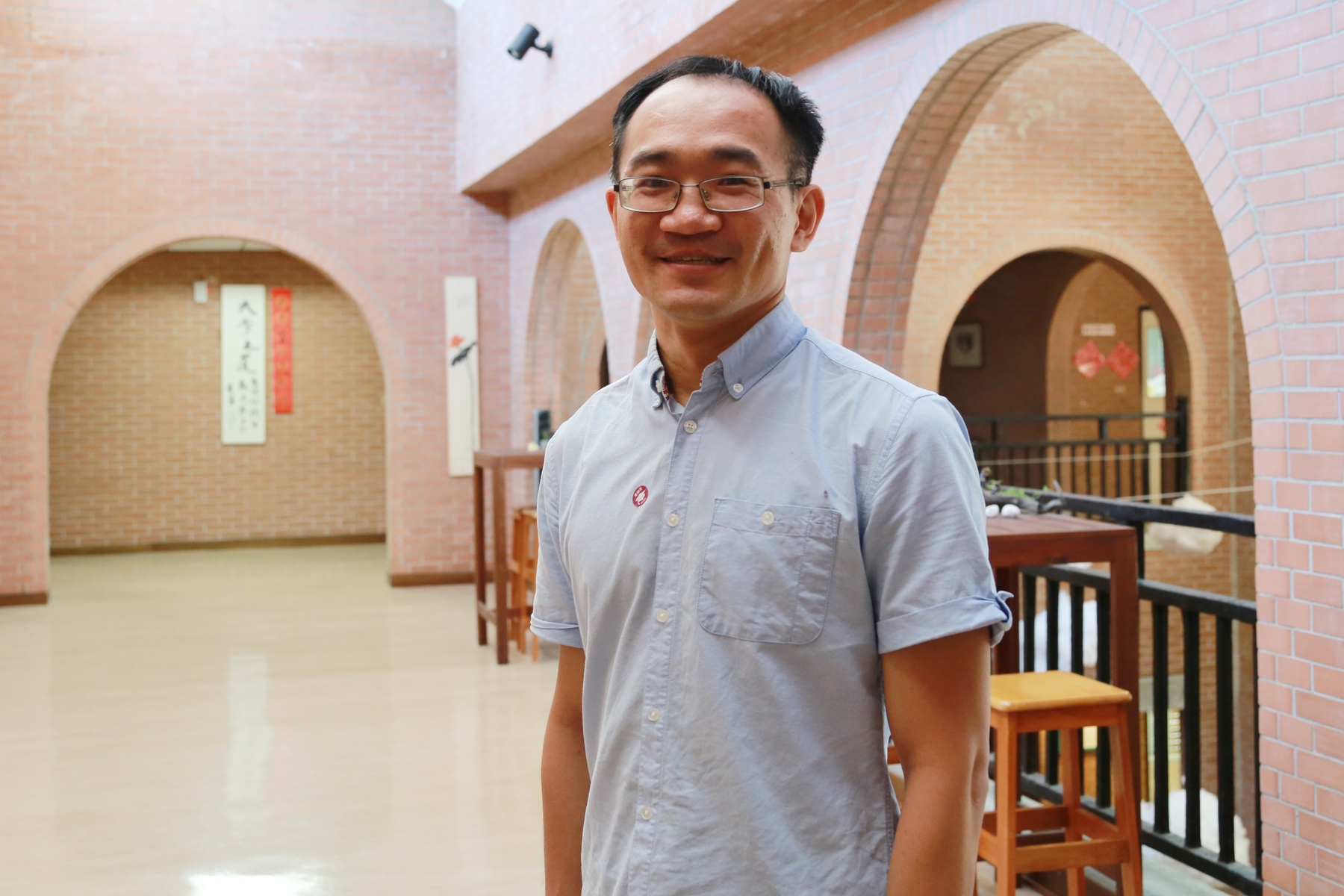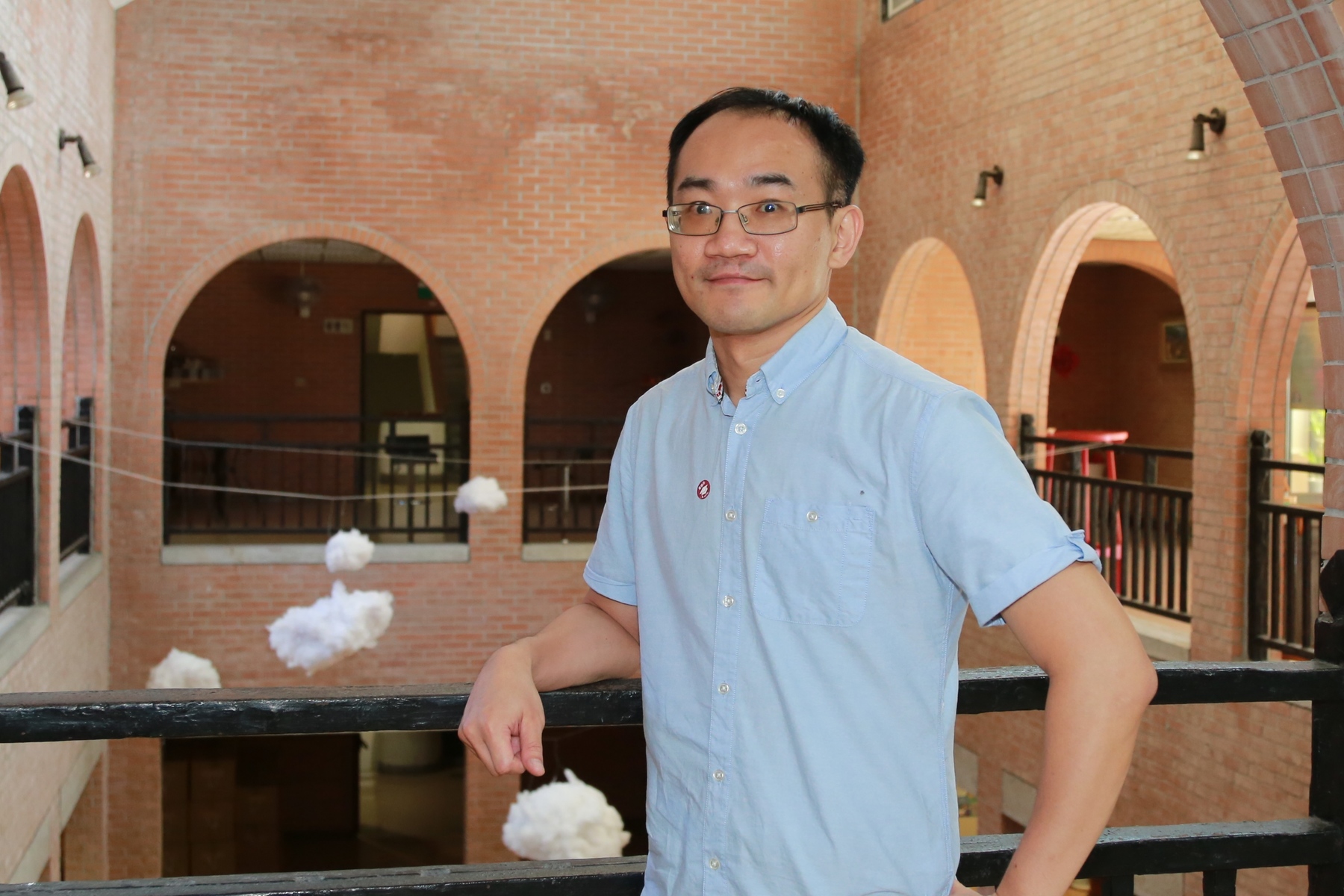Shin-Ming Huang listed as Highly Cited Researcher for 3rd year in row


2021-11-18
Clarivate Analytics has recently published the list of 2021 Highly Cited Researchers™, listing 6,600 scientists from all over the world, including 16 Taiwanese scholars – Assistant Professor Shin-Ming Huang is one of them. He specializes in condensed matter physics, superconductivity, and topology physics and has been listed as Highly Cited Researcher by Clarivate Analytics for the 3rd year in a row, since 2019.
According to Clarivate Analytics, 16 Taiwanese scientists have been listed as Highly Cited Researchers, 5 of them in the field of biology and medicine – the largest number so far, demonstrating Taiwan's potential spanning from basic medical research to clinical trials.
Clarivate Analytics pointed out that the selection methodology for the list of Highly Cited Researchers was developed by bibliometricians and data scientists at the Institute for Scientific Information and was based on citation data and analysis. The Highly Cited Researchers™ list published by Clarivate Analytics recognizes scientists and social scientists who have demonstrated significant influence in their field (or fields). Approximately 6,600 researchers were listed as Highly Cited Researchers in 2021 – some 3,800 in specific fields and nearly 2,800 for cross-field performance.
The list focuses on recent research results and thus selects highly cited papers from natural and social science journals included in the Web of Science Core Collection (SCIE, SSCI) in the past the 11 years, from 2010 to 2020 (highly cited papers are those ranked in the top 1% citation impact in the same year in their field). The list is based on the data of the Essential Science Indicators (ESI) database, which divides papers into 21 broad fields in which journals are classified. In case of multidisciplinary journals, such as Science and Nature, papers are classified according to the analysis of the list of references. Highly-cited papers are compared with papers published in the same year, so this percentile-based selection eliminates the citation advantage of earlier papers over more recent ones.
Researchers with highly cited papers according to the ESI subject areas, being able to publish multiple papers among the top 1%, are considered exceptionally impactful. According to Clarivate Analytics, this analysis method is more likely to acknowledge relatively young researchers than an analysis based on cumulative total citations over several years, and this is one of the goals of the selection process for the Highly Cited Researchers’ list: to recognize veteran researchers as well as the achievements of researchers in the early and mid-career stage. The number of selected researchers in each field in this year’s list is determined by the total number of researchers in the field in question, that is, the number of authors of all highly cited papers (after name normalization) in the field published between 2010 and 2020. The scale of each ESI field is different: Clinical Medicine has the largest number of researchers, while Mathematics – the smallest; Clinical Medicine has the largest number of highly cited papers while Space Science – the smallest. The square root of the number of authors in each field indicated how many individuals should be selected.
One of the two criteria for the selection of highly cited researchers is that a researcher's highly cited paper must receive enough citations to be ranked among the top 1% of total citations in its respective ESI field. Authors of highly cited papers that meet this criterion are ranked according to the number of highly cited papers under their name. The threshold for inclusion in this list is also determined by the square root of the number of authors whose names are normalized among all highly cited papers in the field. All authors with highly cited papers that reached the threshold are included in the list, even if the final number of entries exceeds the number derived from the square root calculation.
Clarivate Analytics has recently published the list of 2021 Highly Cited Researchers™, listing 6,600 scientists from all over the world, including 16 Taiwanese scholars – Assistant Professor Shin-Ming Huang is one of them. He specializes in condensed matter physics, superconductivity, and topology physics and has been listed as Highly Cited Researcher by Clarivate Analytics for the 3rd year in a row, since 2019.
According to Clarivate Analytics, 16 Taiwanese scientists have been listed as Highly Cited Researchers, 5 of them in the field of biology and medicine – the largest number so far, demonstrating Taiwan's potential spanning from basic medical research to clinical trials.
Clarivate Analytics pointed out that the selection methodology for the list of Highly Cited Researchers was developed by bibliometricians and data scientists at the Institute for Scientific Information and was based on citation data and analysis. The Highly Cited Researchers™ list published by Clarivate Analytics recognizes scientists and social scientists who have demonstrated significant influence in their field (or fields). Approximately 6,600 researchers were listed as Highly Cited Researchers in 2021 – some 3,800 in specific fields and nearly 2,800 for cross-field performance.
The list focuses on recent research results and thus selects highly cited papers from natural and social science journals included in the Web of Science Core Collection (SCIE, SSCI) in the past the 11 years, from 2010 to 2020 (highly cited papers are those ranked in the top 1% citation impact in the same year in their field). The list is based on the data of the Essential Science Indicators (ESI) database, which divides papers into 21 broad fields in which journals are classified. In case of multidisciplinary journals, such as Science and Nature, papers are classified according to the analysis of the list of references. Highly-cited papers are compared with papers published in the same year, so this percentile-based selection eliminates the citation advantage of earlier papers over more recent ones.
Researchers with highly cited papers according to the ESI subject areas, being able to publish multiple papers among the top 1%, are considered exceptionally impactful. According to Clarivate Analytics, this analysis method is more likely to acknowledge relatively young researchers than an analysis based on cumulative total citations over several years, and this is one of the goals of the selection process for the Highly Cited Researchers’ list: to recognize veteran researchers as well as the achievements of researchers in the early and mid-career stage. The number of selected researchers in each field in this year’s list is determined by the total number of researchers in the field in question, that is, the number of authors of all highly cited papers (after name normalization) in the field published between 2010 and 2020. The scale of each ESI field is different: Clinical Medicine has the largest number of researchers, while Mathematics – the smallest; Clinical Medicine has the largest number of highly cited papers while Space Science – the smallest. The square root of the number of authors in each field indicated how many individuals should be selected.
One of the two criteria for the selection of highly cited researchers is that a researcher's highly cited paper must receive enough citations to be ranked among the top 1% of total citations in its respective ESI field. Authors of highly cited papers that meet this criterion are ranked according to the number of highly cited papers under their name. The threshold for inclusion in this list is also determined by the square root of the number of authors whose names are normalized among all highly cited papers in the field. All authors with highly cited papers that reached the threshold are included in the list, even if the final number of entries exceeds the number derived from the square root calculation.
Click Num:
Share
